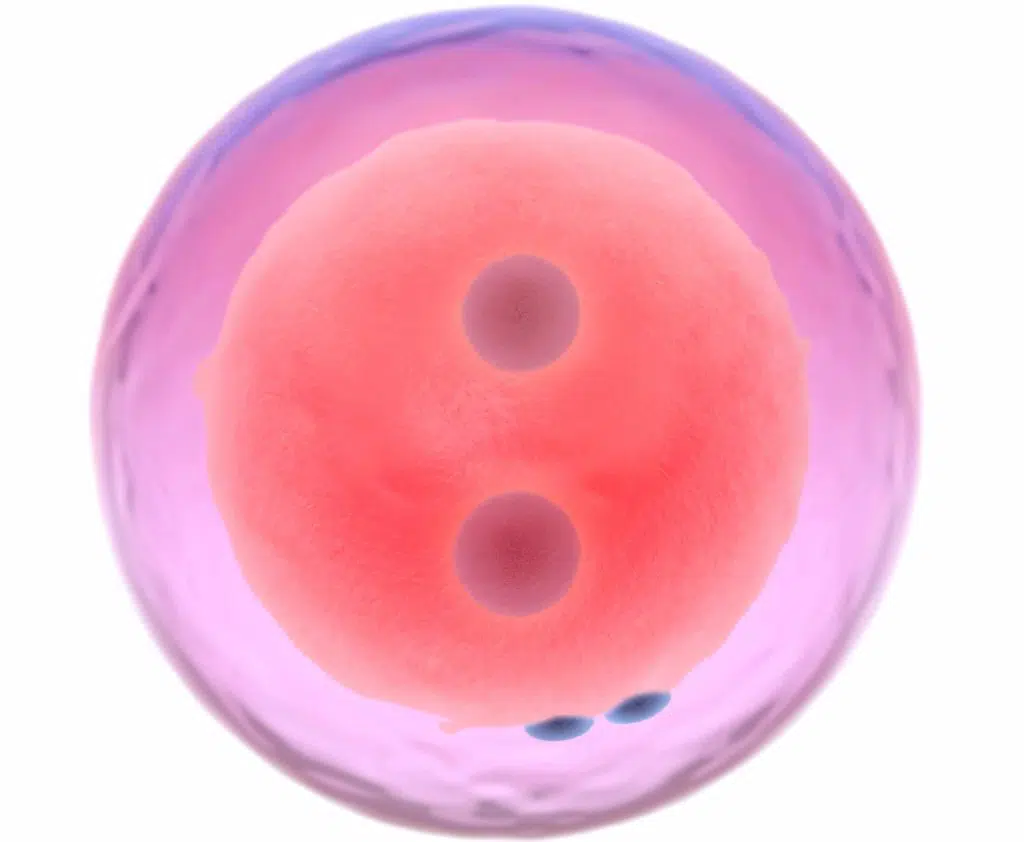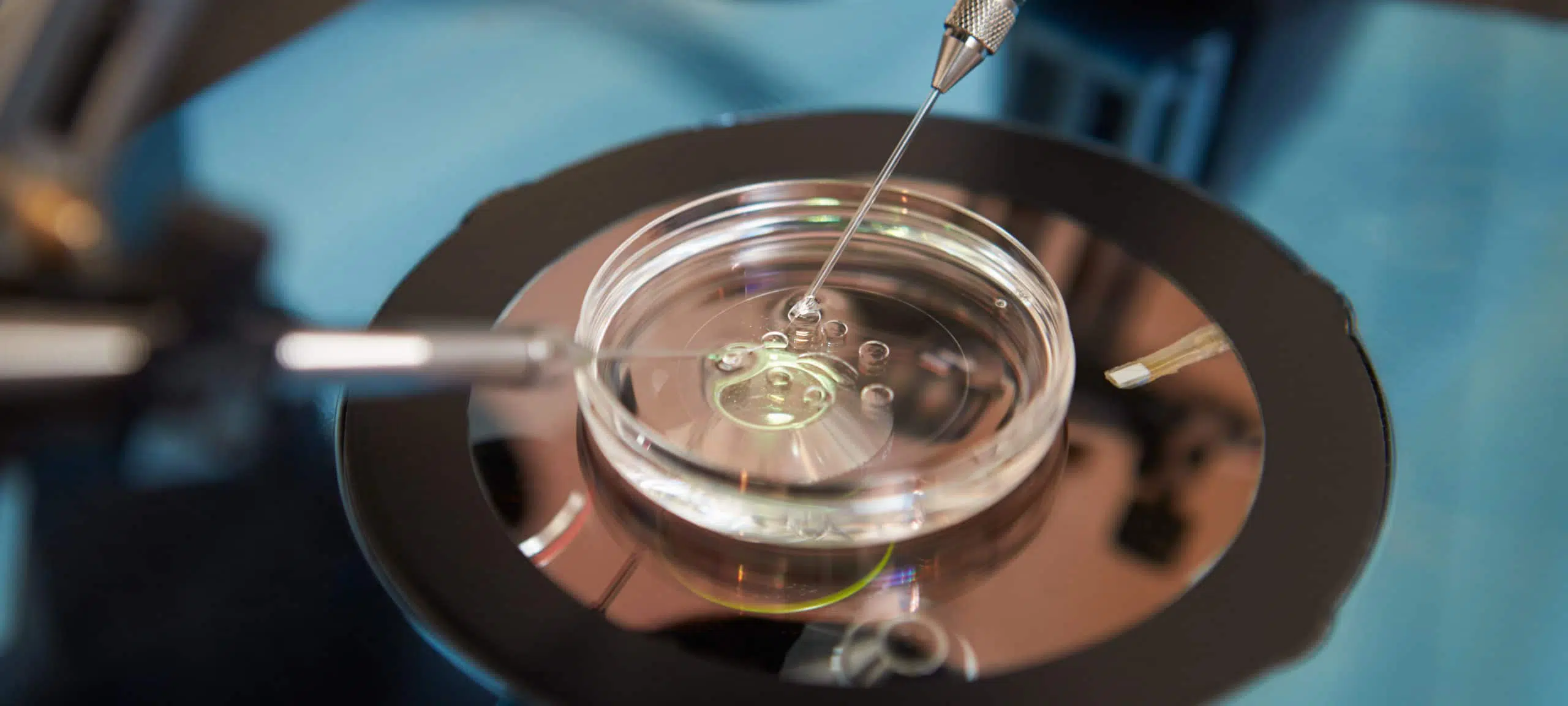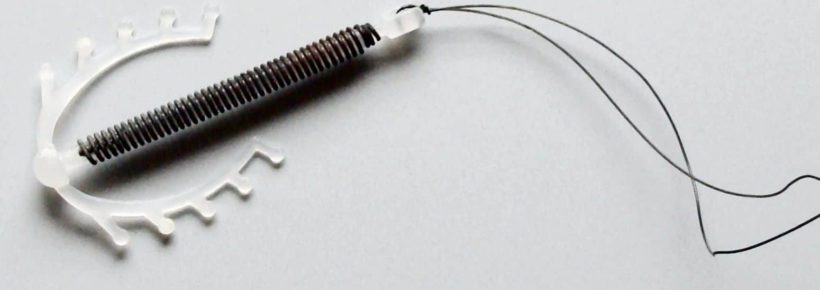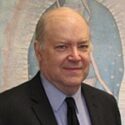Human Conception: The Beginning of Life
There is much confusion and disagreement today about when human life actually begins. The official and public face of the medical profession insists that life begins at implantation — yet every embryology and fetology textbook in use today states that it begins at the instant of fusion between sperm and egg. For example, Essentials of Embryology says, “The zygote, formed by the union of an oocyte and a sperm, is the beginning of a new human being.”1 And Langman’s Medical Embryology says, “Development begins with fertilization, the process by which the male gamete, the sperm, and the female gamete, the oocyte, unite to give rise to a zygote.”2

A zygote
Since its own conception, the science of embryology has recognized that the union of sperm and egg gives rise to a new human being who then embarks upon an unbroken continuum of development until natural death. After all, the only logical beginning point for the creation of a new human being is when two sets of 23 chromosomes meet to begin an organism that has 46 chromosomes.
In the mid-1960s, however, pro-abortion medical leaders changed the definition of the beginning of human life in the worst example of unscientific and underhanded manipulation the medical profession has ever seen.
Until the mid-1960s, scientists universally acknowledged that human conception happened at the moment of fertilization of the ovum by the spermatozoa in the Fallopian tube. They also recognized that any attempt to interfere with human development past the fusion stage constituted abortion. For example, the United States Department of Health, Education and Welfare defined “abortion” as “all the measures which impair the viability of the zygote at any time between the instant of fertilization and the completion of labor.”3
But pro-abortionists and population controllers had their sights set on a shift from contraceptive to abortifacient methods of birth prevention, and abortifacient research was already ongoing in the USA, Japan, and several European countries.
In order to make abortifacients acceptable to women, and to circumvent laws designed to prohibit abortion, the pro-abortionists realized that they had to blur the line between contraceptive and abortifacient action.
They could only do this by changing the definition of “conception” from fertilization [the union of spermatozoa and ovum] to implantation. Under the new definition of “conception,” if a device or drug ― such as an IUD or birth control pill ― prevents implantation, then no abortion takes place. Under the new definition, abortion would only occur if a chemical or device killed a preborn child who had already implanted in the endometrium (lining). Thus, the terms for early abortion became the oxymoronic “post-conceptive contraception” and “post-conceptive fertility control.”4
The deception by the medical establishment regarding the definition of “conception” coincided exactly with its devaluation of the preborn child. The changes in attitude and terminology were not based upon some revolutionary discovery in medical technology or knowledge. The changes were made purely to further the anti-life goals of the medical profession and the pro-abortionists.
Dr. J. Richard Sosnowski of the Southern Association of Obstetricians and Gynecologists condemned this dishonesty in his 1984 presidential address:
I do not deem it excellent to play semantic gymnastics in a profession … It is equally troublesome to me that, with no scientific evidence to validate the change, the definition of conception as the successful spermatic penetration of an ovum was redefined as the implantation of a fertilized ovum. It appears to me that the only reason for this was the dilemma produced by the possibility that the intrauterine contraceptive device might function as an abortifacient.5
In summary, “conception” was previously defined as the union of the sperm and the egg. In 1965, it was redefined as implantation, which usually takes place 7 to 10 days after fertilization. This required the invention of a new term, “pre-embryo,” which is defined as the living (non-human) tissue after fertilization and before implantation.
Impacts of Redefining Beginning of Life
These new and unscientific definitions have implications that reach far beyond the question of abortifacients. Under the new terminology, few people object to in-vitro fertilization (IVF), where fertilization takes place in a laboratory dish. The least perfect blastocysts (very early developing human beings) are simply discarded. If these are mere “pre-embryos,” who will care? They have not yet implanted in a woman’s uterus, so they are mere “genetic material.”
What’s more, not many people will care if “pre-embryos” are experimented upon. Few will protest when, eventually, all “pre-embryos” are systematically screened for all known birth defects, with only the most perfect allowed to continue developing. We have already seen increasing agitation for universal genetic screening shortly after fertilization. This is one of the inevitable consequences of the Human Genome Project (HGP), which has mapped every human chromosome and will eventually identify and compile every possible genetic defect that can befall human beings.
As the battle over abortion gradually shifts from retail surgical baby-killing to wholesale chemical baby-killing, pro-lifers must use precise and unchanging language and terms on the ever-changing battlefield. We cannot afford sloppy or imprecise pro-abortion language because confusion and uncertainty always work to the advantage of the anti-lifers.
Traditionally, pro-life activists have proclaimed that life begins at conception.
In the Brave New World of silent abortions and shifting, confusing terminology, this statement, although it is true, is not specific enough to counter the propaganda of the anti-life forces.
The vast majority of preborn children who are aborted are not killed by vacuum machines or curettes, but by injections and pills.
In order to fight for all preborn children, pro-lifers must declare what has always been true, but which is now particularly relevant: “Life begins at fertilization!”
The Definition of “Abortifacient”
A true contraceptive agent prevents human conception by one or more of four specific actions:
- Placing an actual mechanical barrier such as a condom or cervical cap between the sperm and ovum to prevent them from uniting
- Thickening the cervical mucus, thus inhibiting the mobility of sperm cells
- Inhibiting ovulation, thereby preventing the release of a mature ovum
- Blocking the Fallopian tube or vas deferens through sexual sterilization
All of these methods prevent a new human being from being created, though as we have made clear and the Catholic Church has always held, these methods of intentional obstruction of life remain gravely immoral.
By contrast, an abortifacient destroys the preborn child who is already conceived. The general definition of “abortifacient” is “A drug or agent that induces an abortion.”6
Depending upon the type of abortifacient, this killing can take place at virtually any stage of pregnancy, by preventing implantation of the blastocyst (the very early developing human being), by killing the unborn child shortly after implantation, or by killing the child later in pregnancy.
At this moment, scientists are conducting extensive research on a bewildering array of more than 200 actual and potential abortifacient agents, covering the complete alphabet from alcyonacean soft corals to zoapatle aqueous crude extract, or ZACE.
As one cartoonist noted a few years ago, scientists whose product killed preborn children used to moan, “We’re ruined!” Now they happily exclaim, “We’re rich!”
The research trend in “family planning” is towards abortifacients. Researchers continue to search for a monthly pill that will not only ensure sterility, but will also cause a cessation of menstruation. The most effective of the many abortifacients currently under research include progestin-carrying IUDs, steroid-containing vaginal rings and diaphragms, and progestin-only creams that could be rubbed on the skin (in other words, an abortifacient skin lotion).7
Perhaps the marketers will add sunscreen or aloe vera to it.
There are generally two classes of abortifacient in existence and under research today.
- The first type of abortifacient (chemical abortion) includes drugs and devices designed to continually maintain a certain level of hormones in the woman’s body. These usually have three modes of action. They work by inhibiting ovulation, changing the cervical mucus, and thinning out the endometrium, or uterine lining, which causes early abortions. This class of abortifacients includes oral “contraceptives” (OCs), vaginal rings and patches, intrauterine devices (IUDs), injectables such as Depo-Provera, and implantables such as Norplant, Norplant-2 (Jadelle), Implanon and Nexplanon.
- The second type of abortifacient intentionally kills a preborn child who already exists. These abortifacients include the RU-486 abortion pill; the methotrexate/misoprostol (M&M) regimen; and “emergency contraception,” which has many forms. These include the “Yuzpe Regimen,” which consists of taking combined ethinyl estradiol/levonorgestrel pills at a higher than normal dose, and taking pills specifically designed to cause early abortions. These pills are often called “emergency contraceptive pills (ECPs),” “morning-after pills (MAPs)” and “postcoital contraception,” and consist of high doses of the artificial steroids found in oral contraceptives. Two examples are Plan B and Preven.
The following articles cover various abortifacients in detail.
+ Endnotes
[1] Keith L. Moore. Before We Are Born: Essentials of Embryology [Philadelphia: Saunders], 2008, page 2.
[2] T.W. Sadler. Langman’s Medical Embryology [Philadelphia: Lippincott Williams & Wilkins], 2006 (10th Edition), page 11.
[3] Public Health Service leaflet No. 1066, United States Department of Health, Education and Welfare [HEW], 1963, page 27.
[4] American College of Obstetrics and Gynecology (ACOG). Terminology Bulletin, “Terms Used in Reference to the Fetus” [Chicago: ACOG], September 1965.
[5] J. Richard Sosnowski, M.D. “The Pursuit of Excellence: Have We Apprehended and Comprehended It?” American Journal of Obstetrics and Gynecology, September 15, 1984, page 117.
[6] Benjamin Miller and Claire Keane. Encyclopedia and Dictionary of Medicine, Nursing, and Allied Health (Third Edition) [Philadelphia: W.B. Saunders Company], 1983.
[7] “New Contraceptives.” United Press International, August 3, 1995. Also see Susan Aucott Ballagh, et.al. “A Contraceptive Vaginal Ring Releasing Norethindrone Acetate and Ethinyl Estradiol.” Obstetrical and Gynecological Survey, September 1995, pages 607 to 610.
Related Content
Dr. Brian Clowes has been HLI’s director of research since 1995 and is one of the most accomplished and respected intellectuals in the international pro-life movement. Best known as author of the most exhaustive pro-life informational resource volume The Facts of Life, and for his Pro-Life Basic Training Course, Brian is the author of nine books and over 500 scholarly and popular articles, and has traveled to 70 countries on six continents as a pro-life speaker, educator and trainer.














July 13, 2024
“WHEN DOES HUMAN LIFE BEGIN?”
The short simple answer is: at conception and not defined by heartbeat; not in pregnancy months; not an arbitrary chosen stage in time!
Biologists from 1,058 academic institutions around the world assessed survey items on when a human’s life begins and, overall, 96% (5337 out of 5577) affirmed the fertilization view[Jacobs, S.A., The Scientific Consensus on When a Human’s Life Begins, Issues in Law & Medicine, Volume 36, Number 2, 2021. 16 Pages Posted: 8 Dec 2021]
The real right-to-life answer to the questions is that humanity is formed when feelings and emotions originate. I am able to show this emotional origin occurs at conception based upon already proven and universally established medical and scientific principles that cannot be refuted.
Hello, I am a 50 year career physicist/scientist and have completed my 13 years research on what is an exciting new discovery of when human life begins. I call my research: Biotic Encoding based on sound, accepted and established proven scientific practices.
Scientists have an ethical and professional obligation to inform Americans, as well as people around the world, about scientific developments so members of the public can be empowered to make life decisions that are consistent with the best information available.
I believe you will find the 41 page, full research paper fascinating and intriguing into a new look at the genetics and origins of feelings and emotions, and subtle energies from the view of physics which tends to confirm life begins when emotions/feelings are originated. Consequently,
this could have significant impact fetuses deserve legal consideration throughout pregnancy.
Medical doctors are not the authority on this matter of when life begins . . . scientists are! Based on several references, research, and proven scientific information, my research is a major breakthrough of understanding finally unlocks the secrets of emotional genetics, and the origin of feelings and emotions directly related to conception.
If requested, I will be pleased to share with you my completed writings.
They are not too technical for the average lay person off the street to understand, yet it is professional for scientists to capture their attention.
J.C. Elliott, Research Physicist (Ret.)
T (281) 300-3700
dovro’ per diventare un buon pro-life studiare la bioetica in modo piu’ preciso!
God bless your studies in bioethics, Gabriele! You write in Italian. (This writer is based in the US and used an online translator to read your note.) If you are in Italy, are you aware of HLI’s Bioethics Library in Rome? If you’d like more information, you could reach out to HLI Rome or email us at HLI Headquarters in the United States, hli@hli.org, and we can put you in touch.
Siamo di accordo!